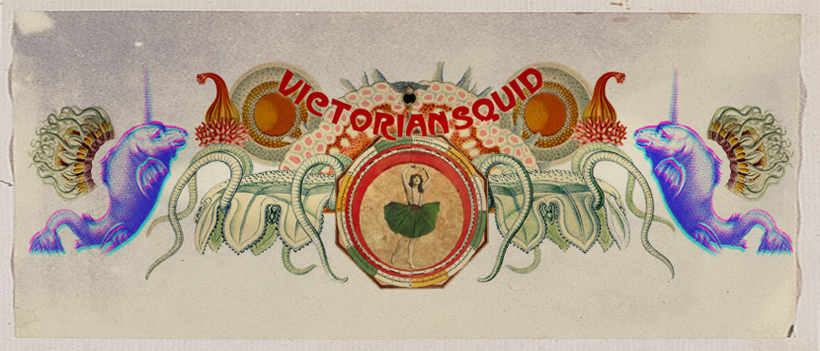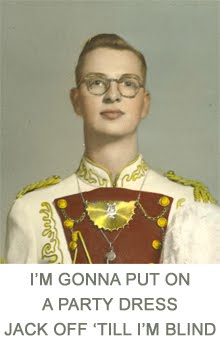
Teen sexual health and information website Scarleteen is starting a new project to help young people find or recommend quality doctors. It’s called Find-A-Doc. Scarleteen founder Heather Corrina explains:
The project covers doctors and health facilities that provide sexual and reproductive healthcare, STI/STD testing and treatment, birth control and emergency contraception, pregnancy testing and all-options counseling, abortion services, pre-natal care, obstetrics and midwife services, counseling, therapy and support groups, trans gender and gender-variant services, LGBTQ services, teen specific services, rape/abuse crisis services, and shelters and crisis housing. You can also target your search for non-English speakers, disability access, and cost. The plan is to make this worldwide, so if you need a doctor or have one to recommend, head on over there.
And now on to the album at hand.
An unjustly forgotten classic, Girls at Our Best’s sole album falls somewhere between post-punk, twee pop, and new wave—combining elements from Siouxsie-style artiness to Gang of Four’s punk-funk to general power pop, with the occasional nod to disco, music-hall, and surf rock thrown in to boot. It’s a delightfully fun romp from a period when young bands were willing to try on whatever random sound struck their fancy.
Formed in Leeds in 1979, the band (actually featuring only one girl) played the scene without much success and were about to break up when they saw an ad for a recording studio offering half-off rates. Their resulting single was released on Rough Trade and managed to go to the top of the indie charts, as did their follow up. In 1981, the singles and b-sides were collected together as an album (reissued here with some additional tracks, and available again as an expanded album from Cherry Red) after which the band wandered off, never to be heard from again.
It’s punk/new wave with a light touch. Their sunny exuberance and choir-girl falsetto clearly set the tone for later C-86 bands like Talulah Gosh, Flatmates, and the Siddeleys. Like the Au Pairs, a lot of their songs can be read as humorous, somewhat feminist critiques of politics, pop culture, and capitalism, but they don’t have as coherent a philosophy and they’re putting more of their energy into writing pogo-riffic melodies.
Just a note of warning: The lead single, Getting Nowhere Fast is intentionally cut off before the end of the song. It kinds of bugs me when bands do that, but whatever.
Pleasure
We all know one of the best ways to find quality sexual healthcare and other in-person care services is by asking people we know and trust for a recommendation. But that can be difficult, especially for young people: so many are either ashamed about sexual healthcare and other related services, or are afraid that disclosing they’ve had care will result in a breach of their privacy. Many young people don’t even get care they need in the first place, so don’t know anyone to refer someone else to, especially in areas where services are limited or where seeking out services presents a profound personal risk.
We know you can’t always get a good recommendation in-person, so we’re aiming to build the next best thing
Readers can use our new online tool to find out who Scarleteen users around the world have gotten great care from that they’d personally recommend, and see listings of care services our staff, volunteers and allies know to be bonafide. Or, you can enter your own review to help others find services they need from providers you know are great, or add your review of a provider or service to an existing listing. If you’re a service provider, you can enter information about your clinic, center or practice and it will be published for review. Any of the above can be done anonymously, so no one has to worry about privacy.
The project covers doctors and health facilities that provide sexual and reproductive healthcare, STI/STD testing and treatment, birth control and emergency contraception, pregnancy testing and all-options counseling, abortion services, pre-natal care, obstetrics and midwife services, counseling, therapy and support groups, trans gender and gender-variant services, LGBTQ services, teen specific services, rape/abuse crisis services, and shelters and crisis housing. You can also target your search for non-English speakers, disability access, and cost. The plan is to make this worldwide, so if you need a doctor or have one to recommend, head on over there.
And now on to the album at hand.
An unjustly forgotten classic, Girls at Our Best’s sole album falls somewhere between post-punk, twee pop, and new wave—combining elements from Siouxsie-style artiness to Gang of Four’s punk-funk to general power pop, with the occasional nod to disco, music-hall, and surf rock thrown in to boot. It’s a delightfully fun romp from a period when young bands were willing to try on whatever random sound struck their fancy.
Formed in Leeds in 1979, the band (actually featuring only one girl) played the scene without much success and were about to break up when they saw an ad for a recording studio offering half-off rates. Their resulting single was released on Rough Trade and managed to go to the top of the indie charts, as did their follow up. In 1981, the singles and b-sides were collected together as an album (reissued here with some additional tracks, and available again as an expanded album from Cherry Red) after which the band wandered off, never to be heard from again.
It’s punk/new wave with a light touch. Their sunny exuberance and choir-girl falsetto clearly set the tone for later C-86 bands like Talulah Gosh, Flatmates, and the Siddeleys. Like the Au Pairs, a lot of their songs can be read as humorous, somewhat feminist critiques of politics, pop culture, and capitalism, but they don’t have as coherent a philosophy and they’re putting more of their energy into writing pogo-riffic melodies.
Just a note of warning: The lead single, Getting Nowhere Fast is intentionally cut off before the end of the song. It kinds of bugs me when bands do that, but whatever.
Pleasure










